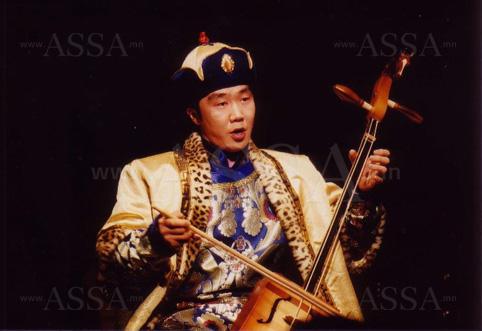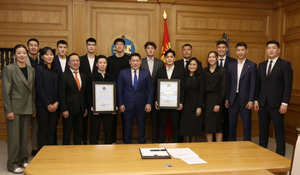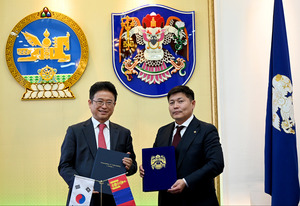Тhe Mongolian traditional art of Khuumei, the Aalst Carnival in Belgium, the Peking Opera, Spanish Flamenco, the Wayuu normative system in Colombia, the traditional skills of carpet weaving in Kashan in Iran, and falconry, presented by 11 countries, were among the 46 elements inscribed by the Representative List of the Intangible Cultural Heritage of Humanity September in 2010. 
A few months earlier Mongolian team led by Minister for Education, Culture and Science Yo.Otgonbayar went to Beijing to hold talks on how to avoid conflicts in asking for UNESCO heritage status for cultural practices that are common to both countries. And the two countries agreed to consult each other before submitting a claim to UNESCO. Chinese Vice-Minister for Culture Jao Shao Hua stressed that bilateral relations must not be damaged because of misunderstanding.
The issue came to the fore when UNESCO accepted China’s claim to register Khuumei as that country’s cultural heritage. Mongolia was upset because throat singing has been part of its culture for long. After Mongolia’s protest, UNESCO explained to Otgonbayar that it is common for more than one country to develop a same cultural heritage, and all such countries can lay claim to it being registered by UNESCO under its name.
Indeed, Khuumei has been a part of life not only in Mongolia and Inner Mongolia of China but in many other places, such as the Russian republics of Tuva, Khalimata and Buriyat. Tuva also boasts of a World Khuumei Center.
China spent an average of USD54,000 on preparing one claim while the figure for Mongolia was USD6,600. Since the Khuumei matter, the Government has budgeted about USD66,000 to prepare the case to have 10 cultural heritages registered by UNESCO. The Beijing talks also agreed to establish a culture center, prevent sale of antiques, and recognized each other’s education diplomas.
Khuumei is a form of singing originating in western Mongolia, in the Altai mountains. The performer imitates sounds of nature, simultaneously emitting two distinct vocal sounds: along with a continuous drone, the singer produces a melody of harmonics. Khuumei literally means pharynx, and it is believed to have been learned from birds, whose spirits are central to shamanic practices. The multitude of Khццmei techniques in Mongolia are grouped within two main styles: the kharkhiraa (deep Khuumei) and isgeree Khuumei (whistled Khuumei).
In kharkhiraa the singer sings a drone in a normal voice, while emphasizing the undertone or subharmonic one octave below. In isgeree Khuumei, it is the overtones above the fundamental note of the drone that are emphasized, creating a higher-pitched whistle. In both cases, the drone is produced with very taut vocal cords, and the melody is created by modulating the size and shape of the mouth cavity, opening and closing the lips and moving the tongue.
Khuumei is performed by Mongolian nomads in a variety of social occasions, from grand state ceremonies to festive household events. Khuumei is also sung during herding, and inside the yurt to lull babies to sleep. Traditionally, Khuumei is transmitted orally from bearer to learner, or via master-to-apprentice.





















